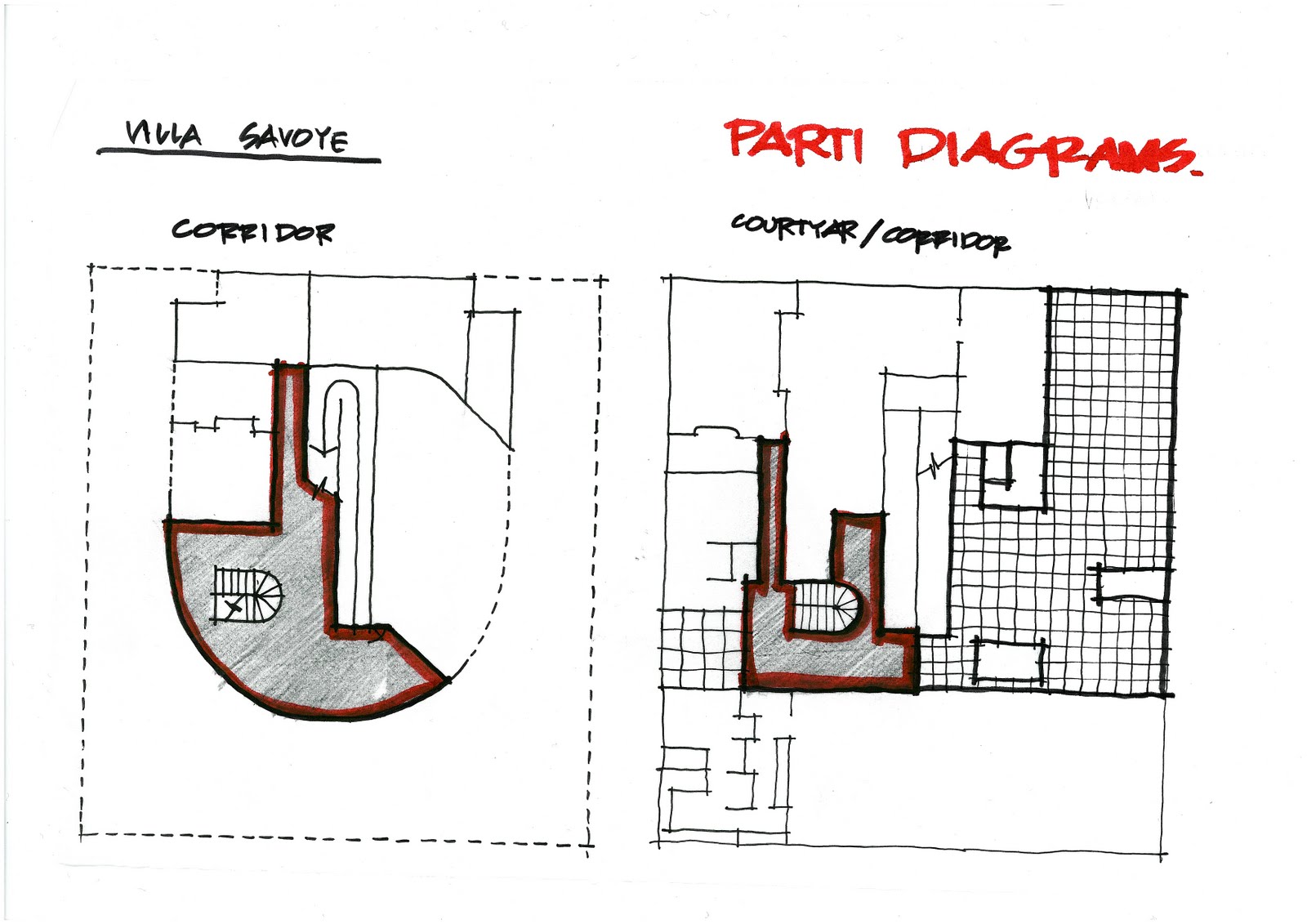
Regardless of the type, there are a few similarities:

Similarly, we can identify elements that are a part of the programmatic diagrams.Īrchitectural diagrams come with a variety of details, colours and representations. For a thesis, site analysis is very important. If you are creating planimetric diagrams for the surroundings, you can also include the building typologies and traffic in the neighbourhood. The reason why architectural diagrams cannot be an afterthought in your presentation is that they show plenty of information – of the site, the programme and the user behaviour.įor the site, the information comes from the site analysis. What Information Do Architectural Diagrams Represent? Here are some helpful tips for a great architecture portfolio layout to get your dream job. Wherever possible, use diagrams to present your ideas on presentation boards and architectural portfolios rather than writing a long paragraph describing what is happening in your design.Īre you struggling with architectural portfolios? They are a difficult process, but an absolutely necessary one. Remember - a picture tells a thousand words.

Parti diagram architecture full#
In reality, architectural diagrams replace a loaded paragraph full of text. They are generally colourful and more artistic than sketches and technical drawings, hence, for many architects, they are more of an afterthought, as a way to create eye-catching graphics for presentations. While it is true that architectural diagrams convey design ideas, there are different types of diagrams, each with their own function. This is one of the main arguments in the AutoCAD vs Revit debate.Īre Architectural Diagrams Just Visually Appealing? But with a BIM tool like Autodesk Revit, these drawings can be produced automatically. If you use AutoCAD, you will create these drawings individually. Only when the design has been finalised, we produce the construction drawings based on the 3D models. With the architectural diagrams, we visualise the idea. Nonetheless, they are not construction drawings that show precise dimensions or materials. Technically, diagrams are drawings too, because we ‘draw’ them. In architectural design, we use the words ‘diagram’ and ‘drawing’ too often. Additionally, architectural diagrams help architects generate more ideas thereby creating a sequential diagram of how the design comes about.Īrchitecture diagrams help make a compelling architecture portfolio as well.

They represent the form and relevant geometries of the site, but the actual built form is a result of the ideation and design development using these architectural diagrams. We can classify these diagrams as conceptual or schematic as they show relationships between design elements and ideas in simple abstract images. They are neither precise or scaled to be technical drawings or models, but can be in both two- and three- dimensional objects. They are a visual language and are a great tool to generate and communicate your design ideas as you begin a project. What Is An Architectural Diagram?Īrchitectural diagrams are the synthesis of a project: they convey the programmes and strategy defined by multiple factors. Why are architectural diagrams an important part of design development? There are many types of these diagrams, so which one is the right one to use? This guide will take you through these questions and more to familiarise you with architectural diagrams and their uses in the project. They start off as sketches that will be polished later on to become proper diagrams.

How do you choose to convey your design ideas during the conceptual design phase of the project? How do you justify your design before you have any technical drawings? Although there are various ways to express your design ideas, it is usually through the architectural diagrams that architects deliver in clear minimal drawings.


 0 kommentar(er)
0 kommentar(er)
